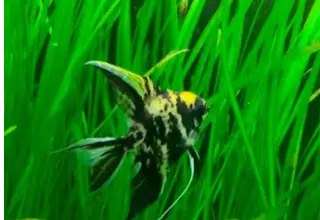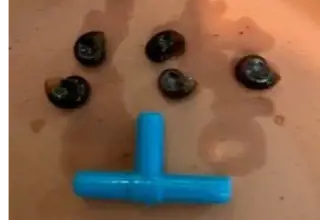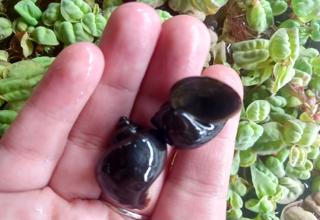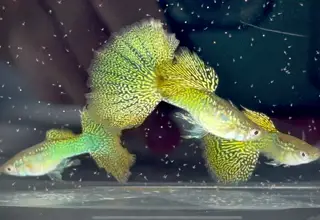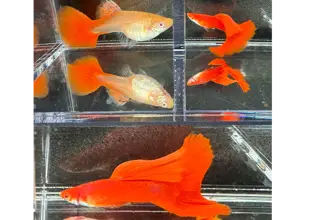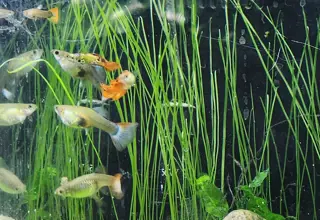Marine Velvet vs Ich: Similarities, Differences, Causes & Treatment
Posted by on 2/02/2023
We use affiliate links and may receive a small commission on purchases.
Marine Velvet Disease and Ich are some of the most common diseases that affect aquarium fish. Scroll through any online aquarium forum and you'll find tons of users posting pictures of their affected fish, often asking whether or not what they are witnessing is Ich or Marine Velvet.
These diseases share a lot in common, but there are subtle differences in the way they affect fish and are treated. Luckily, it is possible to cure these diseases, and in this post, we will give you all of the information needed to set your fish on a road to recovery.
Marine Velvet Disease
Marine Velvet Disease is a disease caused by dinoflagellates, small single-celled organisms, which are widely considered to be algae. Certain genera of these organisms are parasitic and rely on a host fish's cells which they utilize for their growth. Once they reach maturity, they detach themselves, divide, and then search for a new host.
Marine fish are susceptible to parasites of the genera Amyloodinium and freshwater fish are affected by the dinoflagellates under the Oodinium genus. While these parasites often lay dormant in an aquarium environment, fish with weakened immune systems are the most susceptible to infection by these parasites.
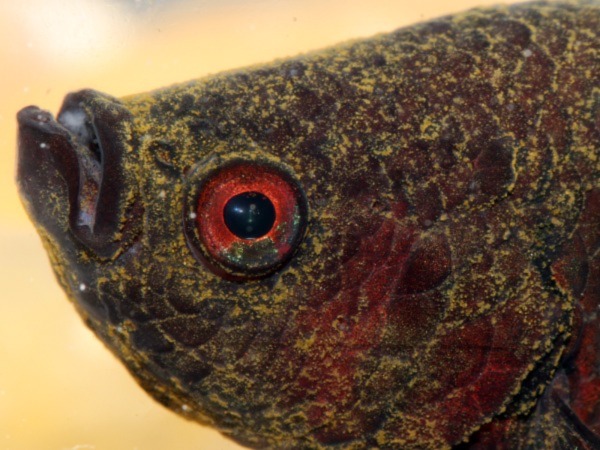
Ich
There are two distinct parasites known as Ich that affect freshwater and saltwater aquarium fish, Marine Ich (scientific name: Cryptocaryon irritans) and Freshwater Ich (scientific name: Ichthyophthirius multifiliis).
Both Marine and Freshwater Ich are lethal to tank inhabitants, as these organisms will penetrate the gills, skin, and fins of their host fish. Once established, the spots seen on the fish, called trophonts, enlarge, eventually breaking through the surface of the fish causing fatal damage. Over time, the trophants will eventually detach themselves from the fish, land on the substrate, and divide. The divided trophants then proceed to look for different fish to attach themselves to.
Similarities
Marine Velvet and Ich are separate diseases caused by different species of parasites, however, their effects on fish have many similarities, making diagnosis difficult.
Symptoms
Fish affected by Marine Velvet or Ich are likely to demonstrate a lack of appetite, overall lethargy, and increased respiration.
Flashing, which is when fish dart into objects to itch themselves, is also seen in affected fish, resulting in bruising or scale loss.
Transmission
The organisms responsible for Marine Velvet and Ich utilize similar transmission methods. Both lay dormant in a tank, waiting to attach to a fish with a weakened immune system. Once attached, they'll feed off the affected fish, until they detach themselves. Once they've landed on the substrate or some other surface, they'll divide, a process known as binary fission . After they've divided, they will again look for another fish to infect.
The transmission of these diseases makes them easily spread, and they can quickly wipe out the livestock in an aquarium rather quickly.
Differences
Hobbyists looking to form an accurate diagnosis will need to examine affected fish closely to spot the difference between the diseases. Fish affected by these diseases will show similar behavioral changes, but there are differences in treatment and appearance.
Appearance
Marine Velvet Disease and Ich both cover the fish in small dots (trophants), but the trophants seen in Marine Velvet Disease are much smaller than the trophants seen in Ich.
The difference is subtle. Marine Velvet Disease trophants resemble a fine powder, while Ich more closely resembles a grain of salt. If there is an abundance of trophants that are perfectly round, then your fish is being affected by Marine Velvet. Ich trophants tend to be more oval-shaped, and less abundant.
Treatment
Treating Marine Velvet Disease can be challenging. You'll need to have a fully cycled quarantine tank that's been operating for at least 6 weeks to treat Marine Velvet Disease. Assuming you have a quarantine tank up and running, you'll need to transfer all affected fish into the quarantine tank, and treat them with Chloroquine phosphate or Ruby Reef Rally .
After treating the affected fish in the quarantine tank (usually about 2-3 days of dosing Ruby Reef Rally), monitor your fish in the quarantine tank for about 6 weeks. If your fish are acting normally and you do not notice any Marine Velvet symptoms, you've successfully cured the disease and can transfer your fish back into your display tank.
Both Marine Ich and Freshwater Ich are more easily treatable.
Marine Ich can be treated through a process called Hyposalinity. Hyposalinity involves raising your specific gravity levels to between 1.010-1.013 for 7 days. Once 7 days have passed you can perform water changes to bring your salinity levels back to their previous range. If you're still seeing signs of Marine Ich, you can perform another treatment, but in most cases, the initial 7-day period should have cured the disease.
Freshwater Ich can also easily be treated by raising your aquarium water temperature. You'll want to increase your aquarium water temperature to about 86°F. The parasitic trophonts responsible for this disease are sensitive to temperatures this high and should begin to die off after 5 days.
Prevention Tips
Prevention is always the best treatment when it comes to fish diseases. One of the best things you can do as an aquarist is to have an established quarantine tank, where you can monitor newly purchased fish for a few days before moving them into your display tank.
In saltwater aquariums, having an established quarantine tank is a must, as treating these diseases is more complex than in freshwater aquariums. However, freshwater hobbyists will still benefit from having a dedicated quarantine tank.
If possible, always examine fish before purchasing, and always purchase from a reputable seller. You can give your fish the best chance at fighting off any disease, by ensuring their water quality is impeccable through the use of water testing kits .
Conclusion
Both Marine Velvet Disease and Ich are frustrating diseases that hobbyists will inevitably encounter at some point in their fishkeeping careers. Luckily, both diseases are treatable, and with the proper knowledge, you can take the steps necessary to prevent these diseases from taking hold.
Have you experienced these diseases before? Let us know how you approached treatment by commenting below, and be sure to check out our marketplace and community forum where you can connect with other hobbyists.
December's Giveaways on Light Fish

